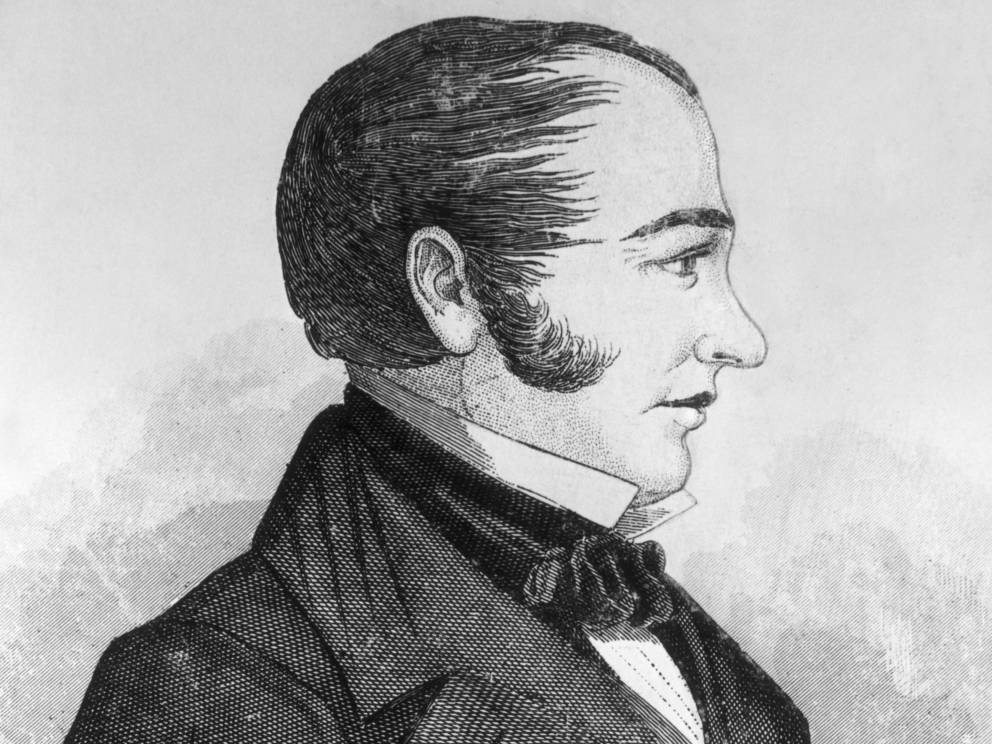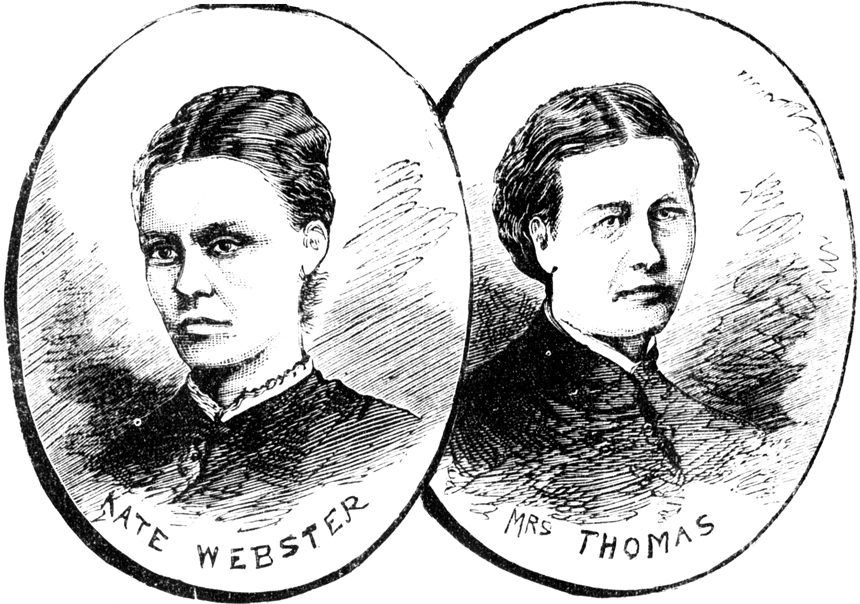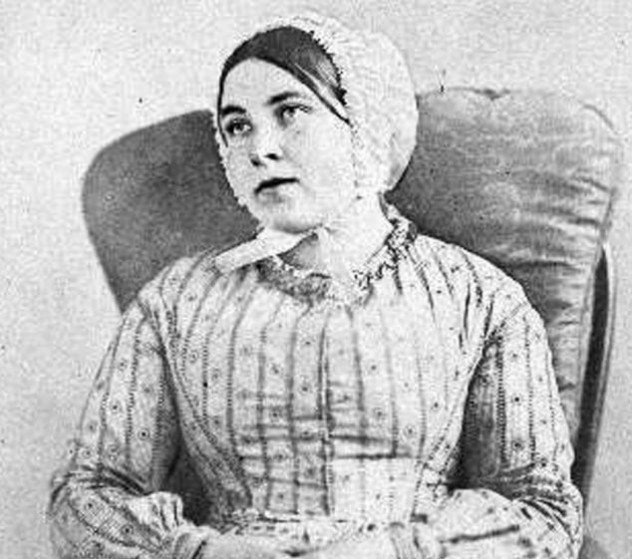Detectives as we know them today are a relatively modern phenomenon. Crime solving was once a much less accurate affair, cobbled together by mishandled evidence and unreliable witnesses. In the Victorian era, however, it was all due to change and thanks to a set of grisly murders, true crime as we know it today was born. Taking influence from new detection practices, law enforcement professionals were able to track their suspects far more accurately than ever before and for the first time, they could be sure they had found the guilty party without a confession.
- Dr. William Palmer
Despite working in the medical profession, Dr. William Palmer was the lowest of the low, using his professional knowledge to manipulate his victims. Known as the Rugeley Poisoner, Palmer was found guilty of doping his family members, slowly taking them out one by one. It was the chemical that led to his downfall, however, and thanks to new medical professionals, detectives were able to trace the poison back to the doctor’s office. The chemical find was the first of its kind, leading to the conviction of Dr. Palmer and his eventual execution.
- Burke and Hare
Once upon a time, human corpses were worth their weight in gold. Used for science and research, cadavers were a profitable commodity and getting your hands on one could prove difficult and expensive. Two men worked this fact in order to make a living. William Burke and William Hare began to sell corpses for a profit, passing them on to researchers to expand their work. While they initially worked through grave robbing, they soon started killing their own victims in order to get a higher turnover. When it came to their trial, forensics used new technologies to determine suffocation as the method of the crime. Armed with this knowledge, officers focused their search, narrowing down the suspects to Burke and Hare.
- Kate Webster
When she was hired as a housekeeper for eccentric widow Julia Thomas, Kate Webster didn’t rouse suspicion in the slightest. Hiring Webster without a background check proved to be Thomas’ downfall however, and before long, she paid the price. Webster was already a known thief and criminal, having been convicted in her native Ireland. After some months together, the women didn’t get on, so Thomas had Webster fired. Displeased with being let go, Webster threw Thomas down the stairs, where she proceeded to strangle and mutilate her employer with a razor blade. Police needed evidence in order to convict Webster for the crime, so they looked to witnesses. One neighbor noticed a collection of Thomas’ jewelry on sale at a pawn store and soon traced the sale back to Webster. Webster was found guilty and hanged for her crimes.
- Martha Bacon
One December evening in 1856, Martha Bacon took a butcher’s knife and cold-heartedly murdered her two children. After the alert was raised, police looked to Bacon as the guilty party, but she insisted the act was carried out by a crazed intruder. However, physical evidence at the scene of the crime was soon uncovered, helping the police to build a case against Bacon. Presenting the evidence in front of a court, law enforcement specialists pleased their case, naming Bacon as the guilty party She was soon convicted for her crimes, destined to spend the rest of her life in a mental hospital.





